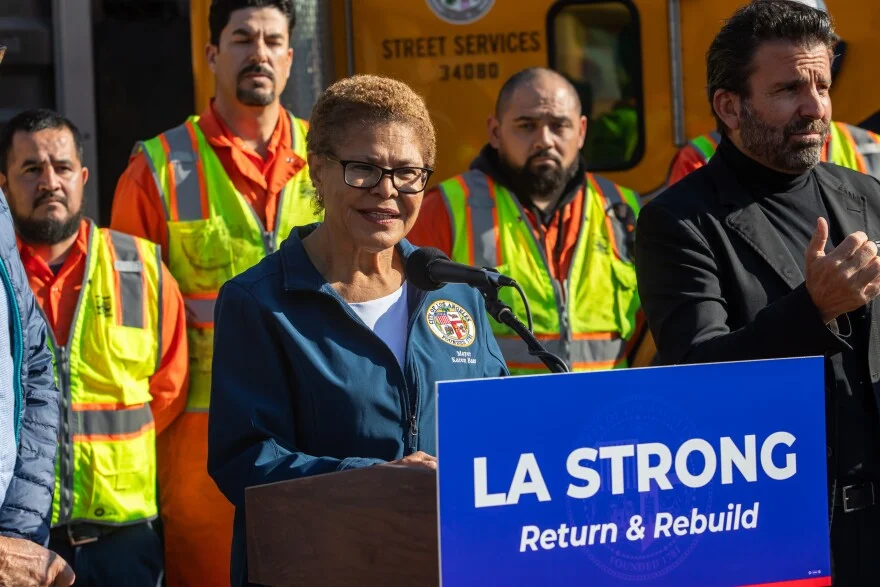
How Could AI Be the Key to Faster Disaster Recovery in California?
In a bold move to accelerate recovery from devastating wildfires, California Governor Gavin Newsom has unveiled a groundbreaking AI tool aimed at streamlining building permit approvals. This innovation comes at a critical time as communities in Los Angeles grapple with the aftermath of fires like the Eaton and Palisades blazes, highlighting how technology could transform crisis response and rebuild efforts statewide.
The new software, developed by Archistar, leverages advanced technologies such as computer vision and machine learning to instantly verify building designs against local zoning and building codes. This means property owners can pre-check their plans, avoiding delays that often drag out for weeks or even months. As Steadfast LA Chairman Rick Caruso noted, "Bringing AI into permitting will allow us to rebuild faster and safer, reducing costs and turning a process that can take weeks and months into one that can happen in hours or days." This partnership, involving philanthropic groups like LA Rises and contributions from tech giants Amazon and Autodesk, ensures the tool is available free of charge to local governments and users.
Governor Newsom's initiative underscores California's leadership in integrating AI into public services. While the state doesn't directly handle local permits, Newsom has aggressively pushed to cut red tape through executive orders, suspending requirements under the California Environmental Quality Act and Coastal Act to expedite rebuilding. Los Angeles Mayor Karen Bass praised the effort, stating, "Getting residents home quickly and safely is my top priority," and highlighted an AI pilot program to make this a reality. Similarly, Los Angeles County Board of Supervisors Chair Kathryn Barger emphasized the tool's potential to save time for homeowners, saying, "This AI tool has the potential to save homeowners valuable time by helping them submit code-compliant plans from the start."
The impact is already evident. Los Angeles County has launched a dashboard to track rebuilding permits in fire-affected areas like Pacific Palisades and Altadena, where initial delays frustrated residents. For instance, it took three months for the first permit in Altadena, a setback that prompted the county to establish a unified permitting authority. This dashboard provides transparency, showing issued permits, zoning reviews, and completed projects, fostering accountability in the recovery process. Comparatively, the tool is already in use in cities like Vancouver, Austin, and Seattle, proving its effectiveness on a broader scale.
By analyzing this development, it's clear that AI not only enhances efficiency but also addresses the human cost of disasters. In contrast to past bureaucratic hurdles, this technology promises quicker, more accurate processes, potentially setting a national standard for environmental recovery. While the focus remains on wildfire survivors, the broader application could inspire similar innovations in other states facing natural disasters.
Ultimately, this AI-driven approach could redefine how California handles crises, emphasizing speed, safety, and community resilience. As the state continues to harness technology for public good, one question lingers: What other challenges could AI solve next? We invite readers to share their thoughts in the comments below—how do you think AI can improve disaster recovery, and what innovations would you like to see?